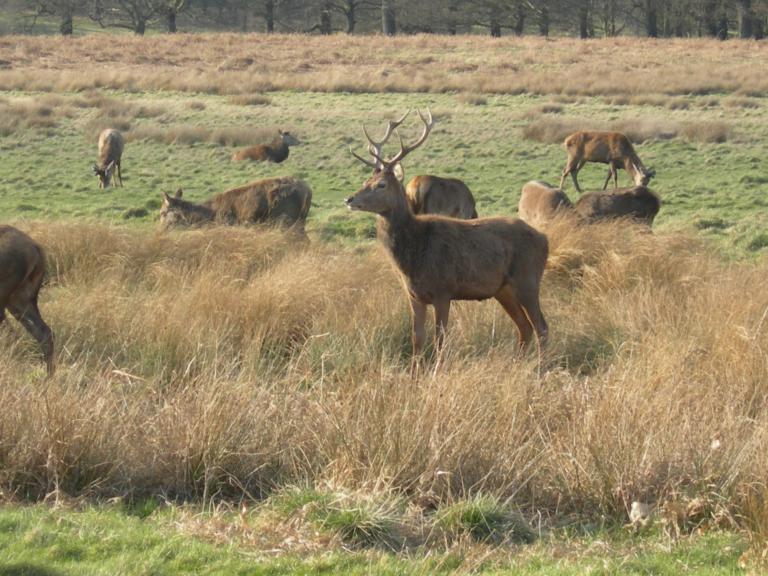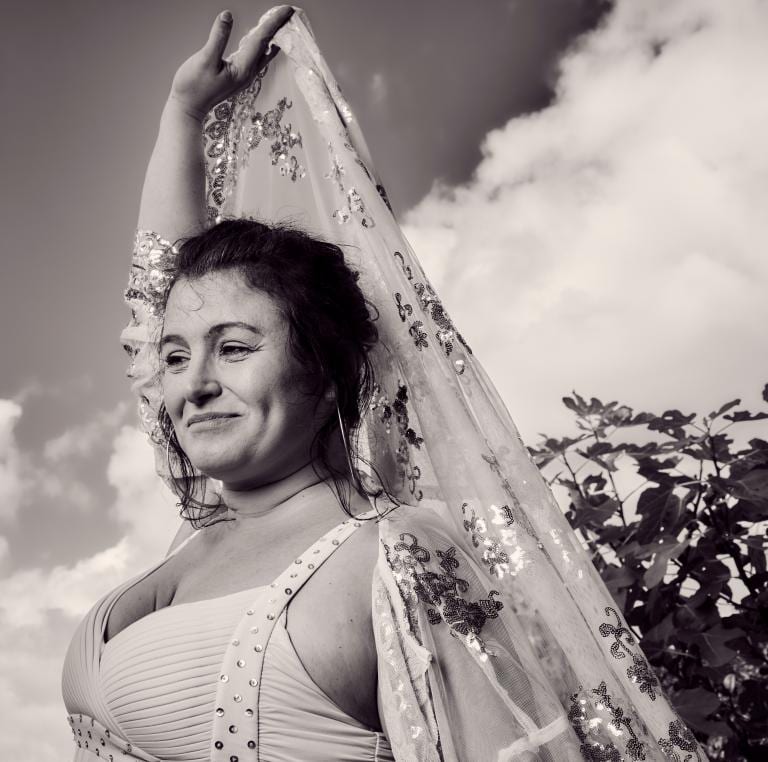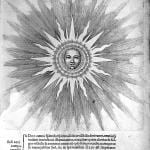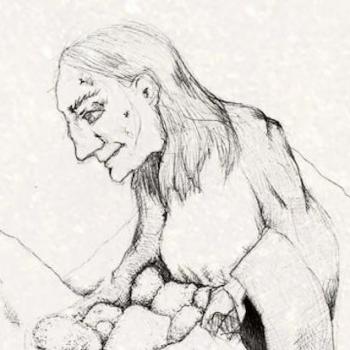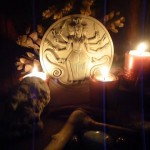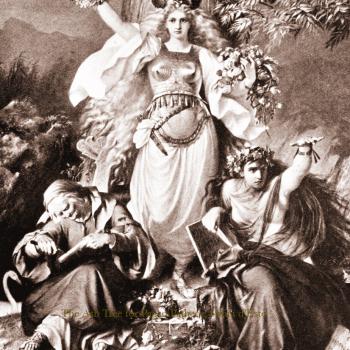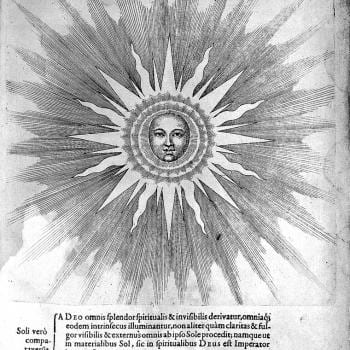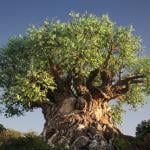“Open your eyes, and you will see that the door has been opened and the world of the Gods lies within: and your spirit, rejoicing in this vision, will find itself drawn onwards and upwards.” ~ Greco-Egyptian Magical Papyri
I love the Autumn Equinox. I really do. In this blog I share a little of my feelings on Mabon as the name of the Autumn Equinox today. This is just a musing, not intended as a black and white history article, so please do add your thoughts as a comment when you have read it – discussion, and debate is good.
Recently I wrote about the Rod of Asclepius and the Caduceus of Hermes and suggested the Hermes tricked his way into having his staff recognised internationally as a symbol of medicine – when really that role should have fallen exclusively to Asclepius. As a polytheist I believe not only that the Gods are real and alive, I also trust that they evolve and that both their attributions and power wax and wane over time – today just as much as in antiquity. But sometimes a change can seem annoying and wrong – and Mabon becoming the name of the Autumn Equinox in the late 20th century has been one of those annoyances in my life. Mabon is the name of a God, not the name of a festival – and for the last decade or so, as more of us became aware of this mishap – more of us have been writing (ranting sometimes) about it in an attempt to fix the problem.
The Wheel of the Year & Autumn Equinox
The Wheel of the Year is a set of eight seasonal celebrations spaced approximately 6-7 weeks apart through the year. They mark a combination of Solstices, Equinoxes and old British Agricultural festivals. The Autumn Equinox is one of these festivals, celebrated in the Northern Hemisphere somewhere around the 21st of September (this year, 2019 – it falls on the 23rd of September). This festival is usually understood to mark a time of balance and reflection and a time when light and dark are equal in measure in the day (which is not really completely true). It also marks the moment after which the nights will again be longer than the days etc.
In her book Craft of the Wise, author and Wiccan Priestess Vikki Bramshaw describes this festival as:
“The Autumn Equinox … is one of the Lesser Sabbats of the Witches’ Wheel of the Year and falls on [or near] the 21st September. The Autumn Equinox … is positioned directly opposite the Spring Equinox … on the Witches’ Wheel of the Year and marks the second time during the year when light and dark are in perfect balance. This time we see the sun waning, as this equinox marks the drawing in of the year. During the previous festival of Lughnasadh we celebrated the beginning of the harvest and the bountiful grain. We gave thanks to the Corn King, who was sacrificed in order for the harvest to be plentiful. We recognised those sacrifices of our own that needed to be made in order for us to bring our projects to conclusion, and reaped the reward.”
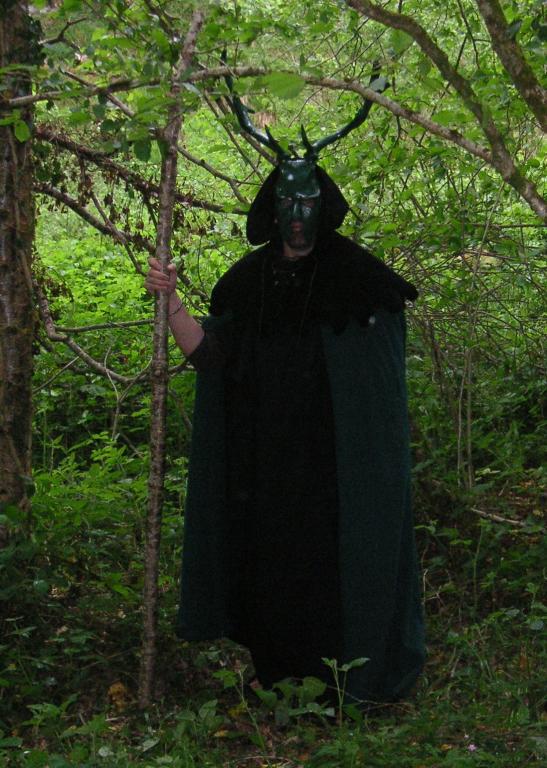
Make way for (The) Mabon
When I first learned about the Wheel of the Year, I only knew the festival in September as Autumn Equinox, nothing else. Then, later I was taught that this festival was also known as Mabon, or that it might be called Modron (after the mother of the God Mabon). I was confused, but it did sound exciting – and perhaps even a bit more authentic. I trusted my teachers and mentors because surely they knew better, but it turns out they were repeating what they heard and read in pop books.
I found out that due to a series of mistaken assumptions sometime in the 1970’s the Autumn Equinox was named as “Mabon” by a US-based author; and perhaps because Mabon sounded more authentically like an ancient festival to some than the Autumn Equinox, it soon became the preferred name for the festival. The author was Aiden Kelly. Back in September 2011 I wrote a blog about Autumn Equinox and the Mabon, and in a discussion about it Aiden kindly took the time to come to explain what really happened. He admitted that when he was creating a calendar in 1973 to 1975 he named the Autumn Equinox ‘Mabon’. Comparing it to the name Litha he assigned to Midsummer, he said “… fall equinox was harder…”. He goes on to say that he found the solution in a book about Stonehenge in which the author discusses a smaller circle at Stonehenge aligned to the Autumn Equinox. Taking this as his inspiration, he made comparisons to the story of Demeter and Kore (Greek) and decided that Mabon, had similarities to Kore, concluding that Mabon “could have been the myth associated with the date”, saying that it was “Not certain, but also not invented arbitrarily”.
There (really) is no denying it – there is no evidence for a Pagan Festival named Mabon prior to the 20th century. There is also no denying that the name is now much loved and used, even by those who know it only came into use in the 70s. Which is, of course, fine, providing no-one pretends it is the name of an ancient festival.
Mabon, Who?
Mabon is not a festival, but Mabon IS a God. What do we know about him? To help with this, here is an extract from the book The Isles of the Many Gods, which I co-authored with David Rankine (Avalonia, 2007).
Mabon
|
Name |
‘Son’ |
|
Place of Origin |
Wales |
|
Place of Worship |
Wales |
|
Literary References |
Black Book of Carmarthen, Red Book of Hergest, Stanzas of the Graves, White Book of Rhydderch |
Mabon is a Welsh god mentioned in the White Book of Rhydderch. His name means “Son”, and he is described as the son of the goddess Modron (He is Mabon ap Modron – i.e. Son of Modron). He was stolen from his mother when he was three days old, and curiously is known as the oldest of men or beasts living on earth. He is rescued after his location is revealed by the Salmon of Llyn Llyw.
His aid is required by Kilhwch in the tale of Kilhwch and Olwen as he is the only huntsman who can handle the dog Drudwyn, and he retrieves the razor and comb needed by Kilhwch from between the ears of the magic boar Twrch Trwyth. He is also described as one of King Arthur’s counsellors in The Dream of Rhonabwy.
A passing reference is also made to Mabon in the poem “What man is the Gatekeeper?” in the Black Book of Carmarthen,[1] where he is described as a wizard.
A reference to Mabon in the Stanzas of the Graves makes clear one of the obvious points about him, that little is actually known:
“The grave in the upland of Nanllau;
His story no one knows.
Mabon the son of Modron the sincere.“[2]
There is also a place name associated with Mabon, that of Ruabon in Denbighshire. Ruabon is a corruption of Rhiw Fabon, meaning “Hillside of Mabon”.
[1] Ch. 31 of The Black Book of Carmarthen.
[2] Englynion y Beddau.
There is some evidence that Mabon may have been a different name for the god Maponus, as they were sometimes equated. Here is the information from the Isles of the Many Gods for Maponus.
Maponus
|
Name |
Divine Youth |
|
Known Period of Worship |
BCe-5th century CE |
|
Place of Origin |
Northern England? |
|
Place of Worship |
Northern England and Southern Scotland |
|
Other Names |
Maponos |
Maponus (or Maponos) is a northern English and Scottish god often identified with Mabon, whose name means “Divine Youth”. Four of the five Roman inscriptions found to him equate Maponos to Apollo,[1] including as Cithareodus (“the Harper”) which may explain his association with poetry and music. A silver pendant inscribed to him was found at Vindolanda (Northumberland).[2] Maponus was also frequently connected with a dog companion, which may have been his sacred animal.[3]
The centre of his worship may have been on the Scottish borders, as the dedications occur in Cumbria, Lancashire and Northumberland, and associated place names include Lochmaben in Dumfriesshire and a stone called the Clochmabenstane near Annan.
[1] I.e. RIB 583, 1120-2; the one which does not is RIB 2063.
[2] RIB 2431.
[3] Roman Inscriptions from Scotland: some additions and corrections to RIB I, Keppie, 1983.

Dance the Equinox Circle Round…
And now I will lead you on a merry Equinox dance, going full circle to an actual ancient festival which happened at the Full Moon just before the Autumn Equinox, and which can through a series of ancient associations and jumps perhaps be associated with Mabon, through his (possible) association with Apollo.
Based on what we know, the Romans believed that Maponus had enough in common with the God Apollo, a Greek God they adopted into their own pantheon of deities, that they equated the two. From this we can perhaps learn a bit more about Mabon if he is indeed the same as Maponus. For the Romans, Apollo was a god of Light, Sun, Healing, Prophecy and Music – and a few other things. They must have observed some of the same qualities in the indigenous God Maponus. The Equinox, like some of the other Wheel of the Year festivals, can be thought of as Sun festival.
While we have no evidence for festivals associated with Mabon, we do have records of some of the festivals held in honour of the god Apollo. One of these happen just before the (preferably on the Full Moon before) Autumn Equinox. The Karneia (Carneia, or Κάρνεια) festival was (and is still) celebrated by those who honour the Greek Gods – and specifically in honour of Apollo (Greek God, who was adopted by the Romans). The Karneia is dedicated explicitly to Apollo, and marks the end of the year and the beginning of the new ritual year.
Curiously, this festival often involved races in which the leader would run with bunches of grapes, they would be chased – and if they were caught it guaranteed a good outcome for the city and its people. This has curious similarities to the stories of John Barleycorn, as well as the Oak and Holly King fights which are sometimes enacted in Wiccan and Pagan ceremonies around the same time of the year. This chase mirrors similar customs in other parts of Europe where a hunt or some sort was enacted as part of the agricultural rites and celebrations around this time of the year.
Of course this is not a historical reason for the name of the Welsh God Mabon being used for the Autumn Equinox or for a Wheel of the Year sabbat of Pagan Witches. What it is is a bit of food for thought. Perhaps Mabon, who if he is the oldest of men or beasts living on earth might have a lot of wisdom and knowledge, simply inspired Aiden Kelly to use his name. Perhaps it is time for us to chill out and simply acknowledge that it takes power and cunning for a God to rename one of the eight most popular Pagan festivals today after himself!
On the 23rd of September I will be going to a special place, and I will invoke and make offerings to Mabon. …….And perhaps, by suggesting that we should celebrate the God who the festival is now named after, especially if we insist on using his name for the festival; perhaps common sense will prevail and we will call the festival Autumn Equinox again?
So what do you think? Did the God Mabon steal the Autumn Equinox for himself? 😉
